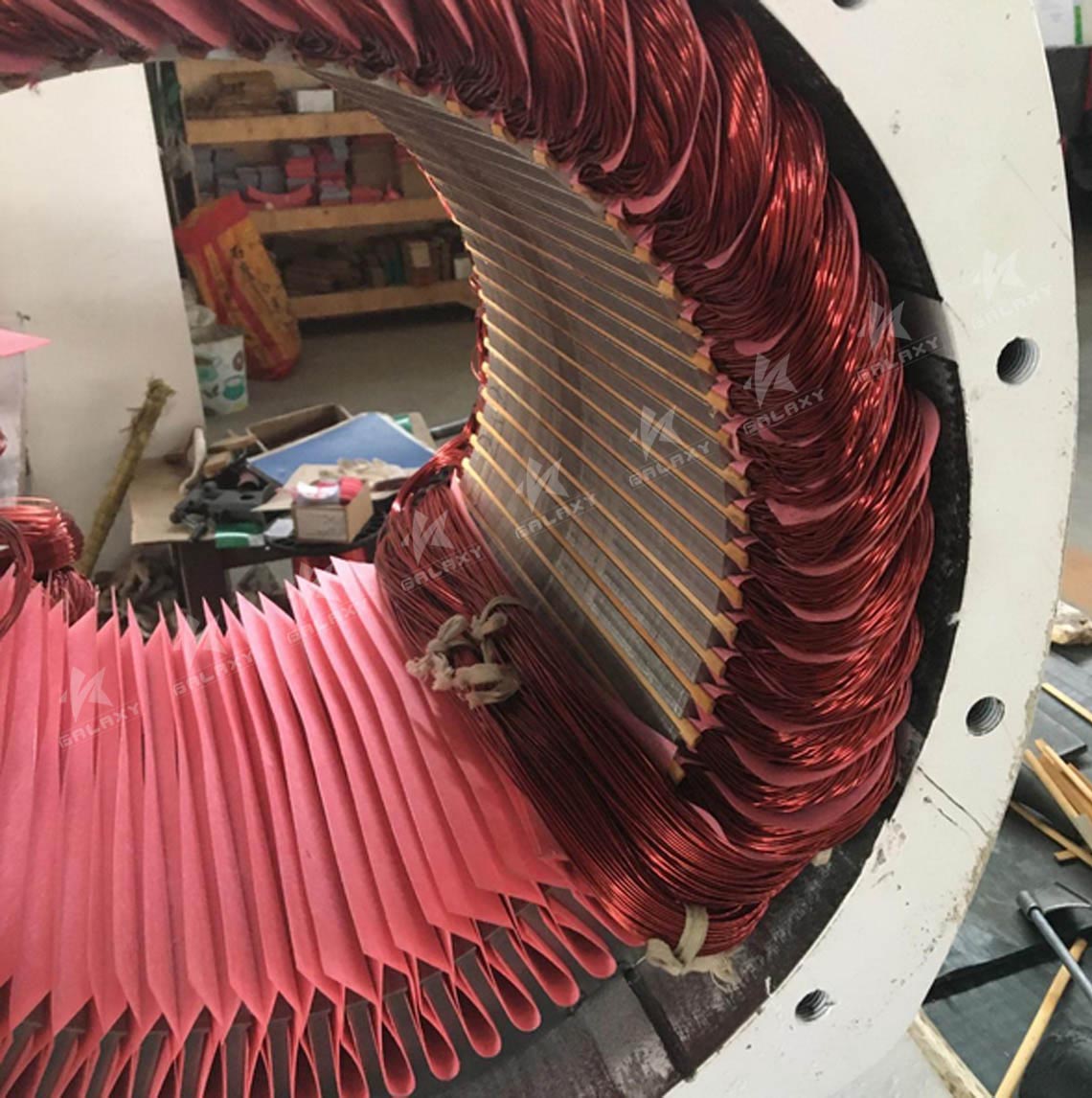BLOG
Principle of Permanent Magnet Alternator
The mechanical energy of the prime mover is changed into electric energy output by using the principle of electromagnetic induction of electric potential induced by wire cutting the magnetic field line.
The synchronous generator is composed of two parts: stator and rotor. The stator is the armature that generates the power, and the rotor is the magnetic pole.
The stator is composed of armature iron core, three-phase windings with uniform discharge, machine base and end cover.
The rotor is usually hidden pole type, composed of excitation winding, iron core and shaft, guard ring, center ring, etc.
The rotor's excitation winding is fed with dc current, which generates a magnetic field close to a sinusoidal distribution (called the rotor field), and its effective excitation flux intersects the stationary armature winding in a chain. When the rotor rotates, the magnetic field of the rotor rotates with each turn, and the magnetic field line cuts the winding of each phase of the stator in sequence, and the three-phase stator windings are induced by the three-phase ac potential.
When the generator is operated with a symmetrical load, the three - phase armature currents are synthesized to produce a rotating magnetic field with synchronous speed. The stator magnetic field interacts with the rotor magnetic field, resulting in braking torque. From the steam turbine/water turbine/gas turbine, the input mechanical torque overcomes the braking torque to perform the work.
